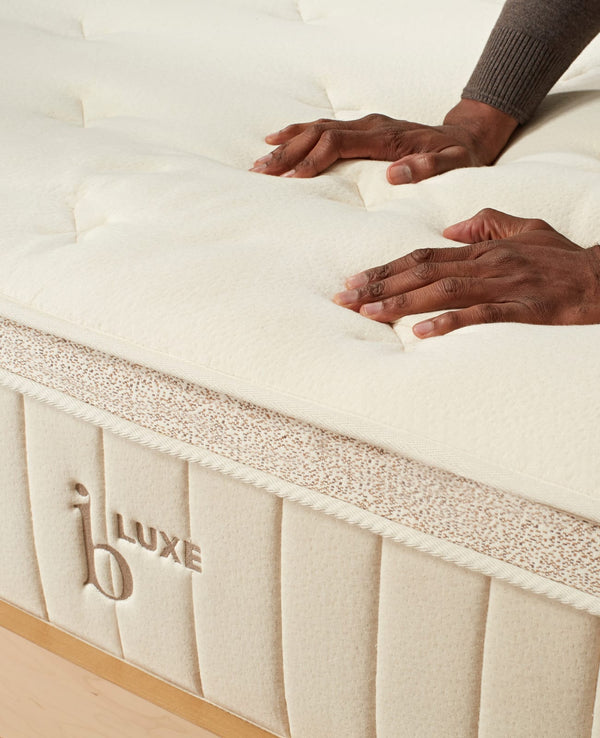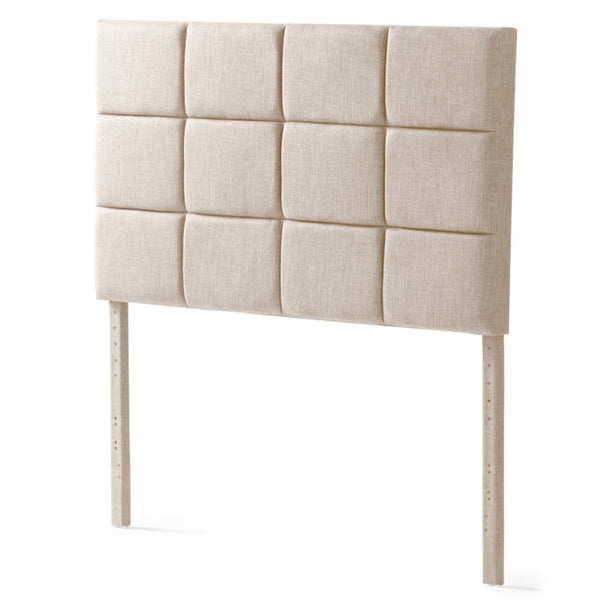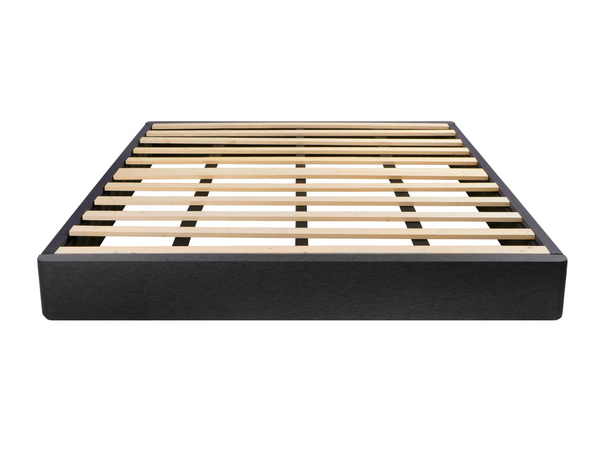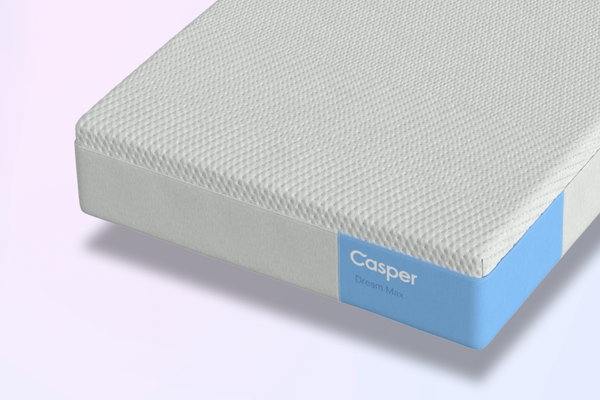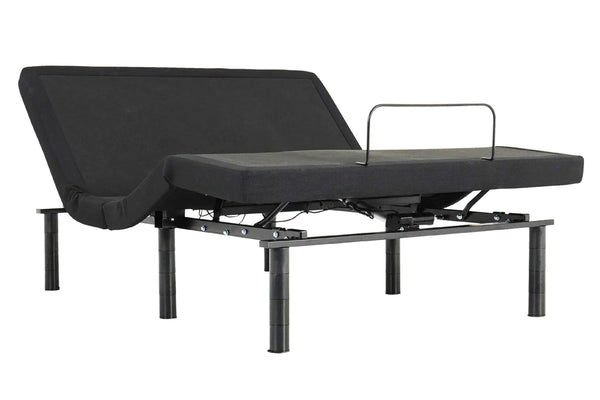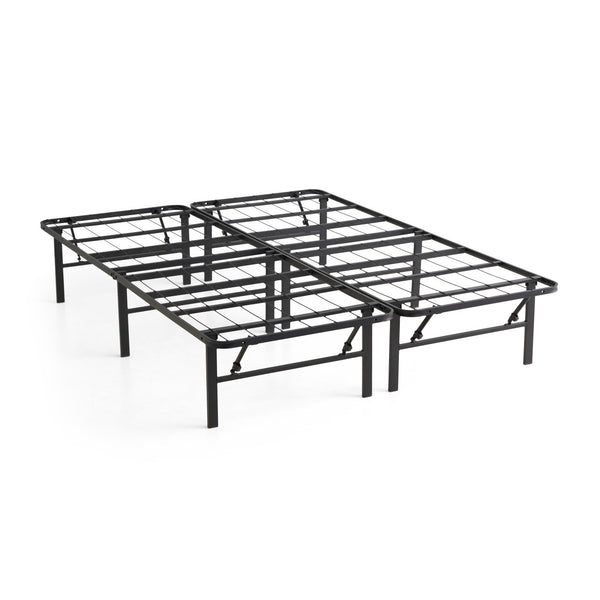
Frequently Asked Questions
1. Why is mattress care important?
2. How often should I rotate my mattress?
3. What are some effective ways to clean a mattress?
4. How can I minimize dust mites in my mattress?
5. When should I consider replacing my mattress?
Your mattress is an essential investment in your quality of sleep, yet it often goes neglected until it begins to show signs of wear. Maintaining your mattress properly not only extends its life span but also ensures that you get the restful sleep you deserve. In this guide, we’ll delve into expert tips for caring for your mattress, which can ultimately improve your sleep quality and boost your overall well-being.
Why Mattress Care Matters
Did you know that the right mattress care can prolong its life by several years? Similar to taking care of a vehicle or a piece of furniture, a little maintenance goes a long way. Here are a few reasons why it’s beneficial to keep your mattress in tip-top shape:
- Improved Sleep Quality: A well-maintained mattress supports your body better, leading to improved sleep quality and comfort.
- Hygienic Benefits: Regular cleaning and care can minimize allergens like dust mites and mold, creating a healthier sleep environment.
- Longer Lifespan: Protecting your mattress leads to fewer replacements, ultimately saving you money.
- Investment Protection: A mattress is a significant financial investment; proper maintenance helps protect that investment.
Regular Maintenance Tips
When it comes to mattress maintenance, consistent action yields the best results. Here are practical tips to keep your mattress looking and functioning its best:
1. Rotate Your Mattress
One of the simplest yet most effective ways to maintain your mattress is to rotate it regularly. This helps distribute the wear evenly and can prevent sagging in specific areas. Depending on your mattress type, rotating every three to six months is usually ideal. For a little extra care, consider flipping your mattress if it is designed to be double-sided.
2. Keep It Clean
Cleaning your mattress may not be the most pleasant task, but it’s essential to eliminate dust, allergens, and odors. Here’s how you can do this:
- Vacuum Regularly: Use a vacuum cleaner with an upholstery attachment to go over the mattress surface. Focus on seams and crevices where dirt can accumulate.
- Spot Clean: For stains, use a mild detergent mixed with water. Dampen a cloth with the solution and gently dab the stain. Avoid saturating the mattress.
- Deodorize: Sprinkle baking soda over the mattress and let it sit for several hours to help absorb odors. Vacuum it up afterward.
3. Use a Mattress Protector
A mattress protector acts as a barrier between your mattress and the outside world. It can protect against spills, allergens, and dust mites, going a long way in maintaining hygiene. Choose a waterproof and breathable mattress protector to ensure both comfort and protection.
4. Get Rid of Dust Mites
Dust mites thrive in mattresses, and while you can’t eliminate them entirely, you can take steps to minimize their presence:
- Wash Bedding Regularly: Wash sheets, pillowcases, and mattress covers in hot water to kill dust mites.
- Keep Humidity Low: Maintain a low humidity level in your bedroom to deter dust mites; ideally, humidity levels should be below 50%.
Proper Support and Placement
The foundation and support of your mattress are just as important as the mattress itself. Consider the following tips:
1. Choose the Right Bed Frame
Your mattress needs the proper support to prevent sagging. A sturdy bed frame or foundation can provide this support. Ensure that slats are placed no more than 3 inches apart and that the frame is appropriate for your mattress type—whether it’s foam, innerspring, or hybrid.
2. Avoid Sitting on the Edges
Excessive sitting on the edges of your mattress can cause it to wear out faster. Try to sit in the middle when getting up or putting on shoes. This will help reduce edge deterioration.
3. Manage Temperature
A well-regulated temperature in your bedroom contributes to your mattress’s longevity. Extreme heat can break down materials over time, while excessive cold can cause discomfort. Aim for a consistent temperature range of 60-67°F (15-19°C) for optimal sleep and mattress preservation.
Handling Specific Issues
Even with regular maintenance, you may encounter particular issues over time. Here’s how to address common problems:
1. Dealing with Sagging
If you notice your mattress sagging, it may be time to consider rotating it or investing in a new mattress if it has reached the end of its life. Check your bed frame to ensure it provides adequate support, as inadequate support can lead to premature sagging.
2. Managing Odors
Sometimes mattresses can develop a musky smell, particularly if they are not properly cleaned. Baking soda can be your best friend in this situation. Regularly applying it will absorb odors, while keeping your sleeping environment fresh and clean.
3. Addressing Allergies
If you find that you are waking up with allergy symptoms, it may be time to double down on cleaning efforts. Consider using hypoallergenic mattress covers and wash your bedding often. Regularly vacuuming the mattress can also help keep allergens at bay.
Knowing When to Replace Your Mattress
Even with impeccable care, mattresses don’t last forever. Here are some signs to look for to determine if it’s time for a replacement:
- Visible Wear and Tear: If your mattress shows visible lumps, indentations, or tears, it may be time for a new one.
- Increased Discomfort: If you find yourself waking up sore or uncomfortable, this could indicate that your mattress is no longer providing the necessary support.
- Allergies or Asthma Symptoms: If you notice a correlation between your symptoms and your sleeping environment, a new mattress might help improve your condition.
Final Thoughts: Sleep Soundly for Years to Come
Your mattress is more than just a place to sleep; it’s an investment in your health and well-being. By following these expert tips, you can ensure that your mattress remains comfortable and supportive for years to come. Take the time to care for and maintain your mattress, prioritize a clean sleeping environment, and monitor your mattress’s condition. With the right strategies in place, you’ll enjoy perfect sleep every night!

